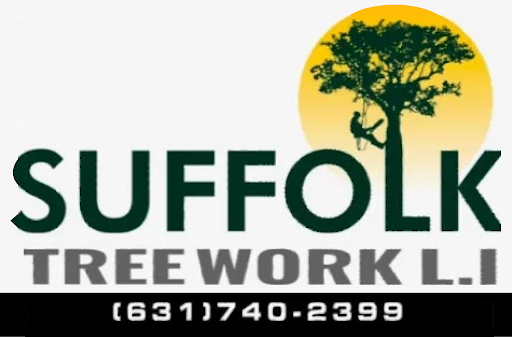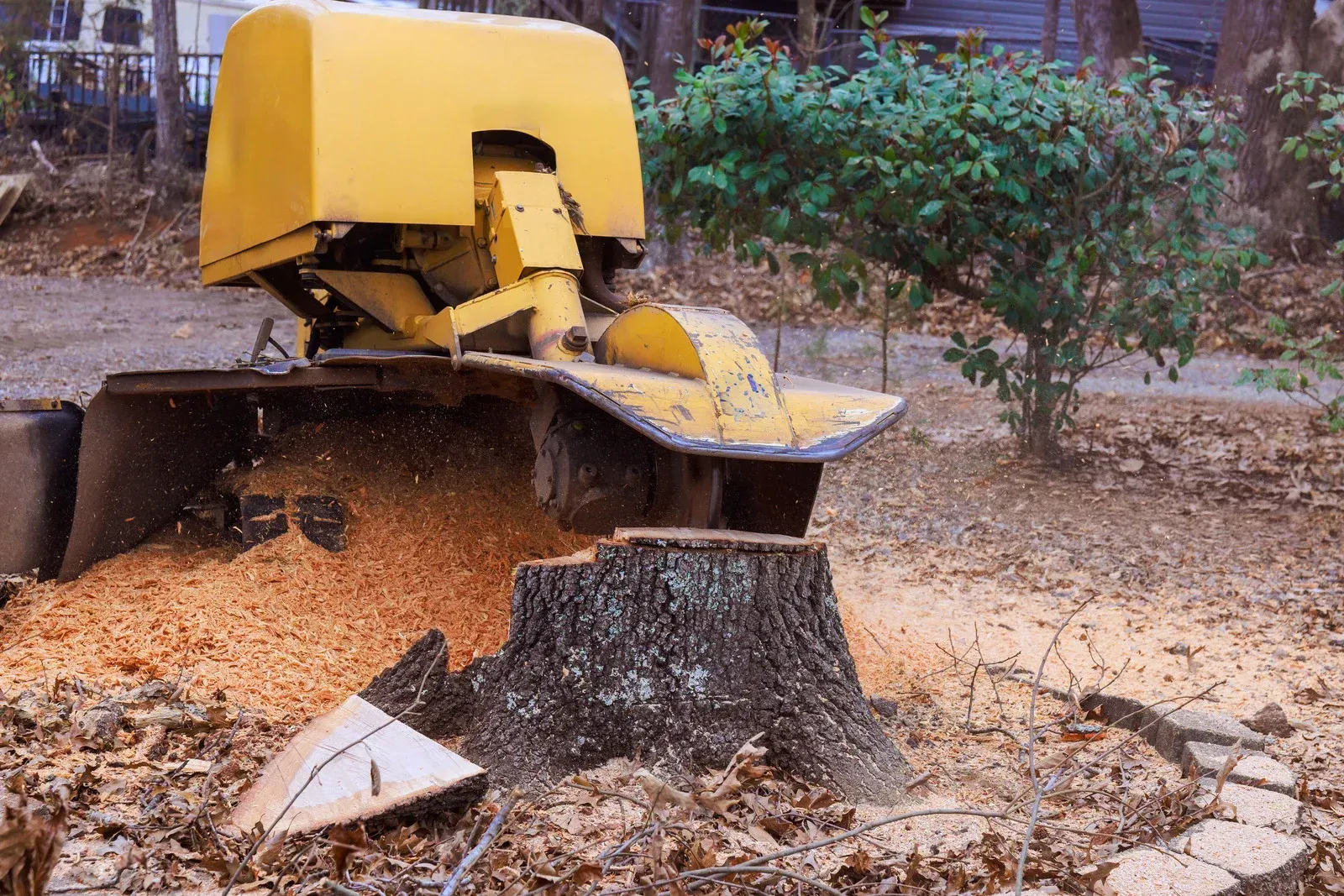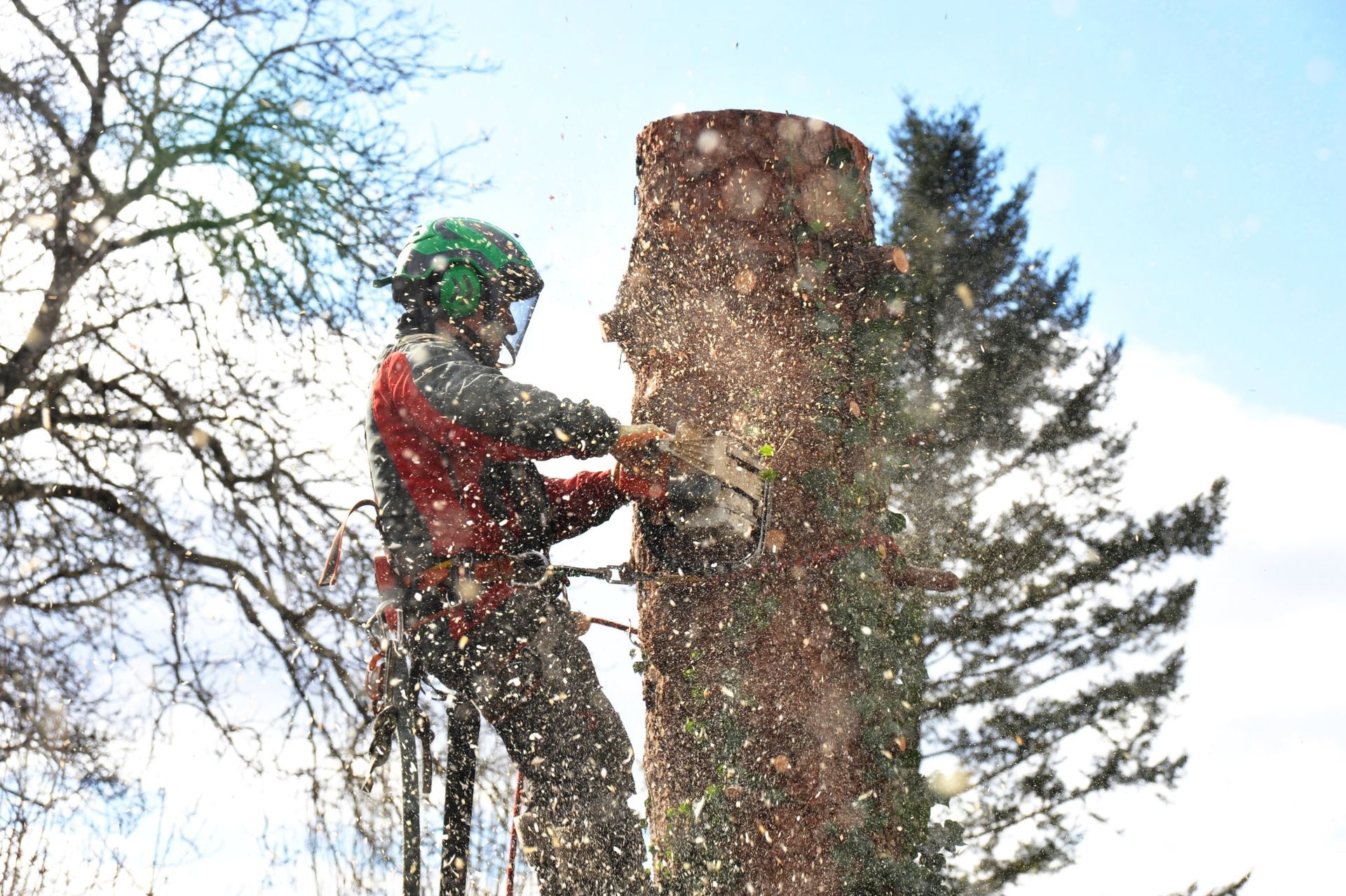When to Remove a Tree: Safety and Property Considerations
Having trees on your property does much more than improve aesthetic value. With trees, you can expect your property's value in the real estate market to rise. Along with shade and a sense of tranquility, you will have better living and working comfort. There are times when a tree becomes a liability, especially when it is diseased. It is very important to understand when you need tree removal services from an expert. If you delay the removal process, it might cost you a safe living comfort.
Safety Considerations
Leaning Trees
A tree leaning dangerously could mean it would topple over when there is a storm. It will pose a serious threat to nearby structures or people. Usually, in such a case, there needs to be a complete removal. When you call an expert, the angle of the lean and the condition of the tree's roots are studied to understand how dangerous it is to leave it on your property. If there is a great risk of it falling, then you should get it removed.
Dead or Dying Trees
When trees are dead or have branches that can fall at any time, it is best to get them removed. Keeping dying trees on your property means you are risking falling branches, especially during storms or high winds. The condition of the tree's branches, leaves, and bark can be an indication of its health. In case of decay and disease, you must get trees removed immediately.
Trees Near Power Lines
Power lines should be kept as far as possible from trees. If a few branches of trees have grown dangerously close to power lines, you can get them trimmed. But it is best to remove the tree completely so that there is no risk of fire hazard and disruption of electrical services. A qualified professional should be called so that the tree can be removed using safe methods.
Trees Damaged by Storms
Storms can cause significant damage to trees, including broken branches, uprooted trees, or weakened trunks. If a tree has been damaged by a storm, it should be inspected by an arborist to determine if it is still safe to remain standing.
Property Considerations
Root Damage
Tree roots can cause damage to sidewalks, driveways, foundations, and septic systems. If a tree's roots are causing significant damage to your property, it may be necessary to remove it.
Shade Interference
While shade is a desirable feature of trees, excessive shade can negatively impact the growth of lawns and gardens. If a tree is casting too much shade on a specific area of your property, it may be time to consider removal.
Tree Species
Some tree species are more prone to problems than others. For example, trees with weak or brittle wood, such as aspens or cottonwoods, may be more likely to fall during storms. If you have a tree species that is known to be problematic, it may be wise to remove it before it becomes a safety hazard.
Factors to Consider Before Removal
Removing a large tree can be expensive. Consider the cost of removal, as well as the potential costs of repairing any damage caused by the tree. Trees play an important role in the environment by providing oxygen, absorbing carbon dioxide, and providing habitat for wildlife. Before removing a tree, consider the environmental impact of your decision. Many municipalities have regulations regarding tree removal. Check with your local government to determine if you need a permit or approval before removing a tree.





